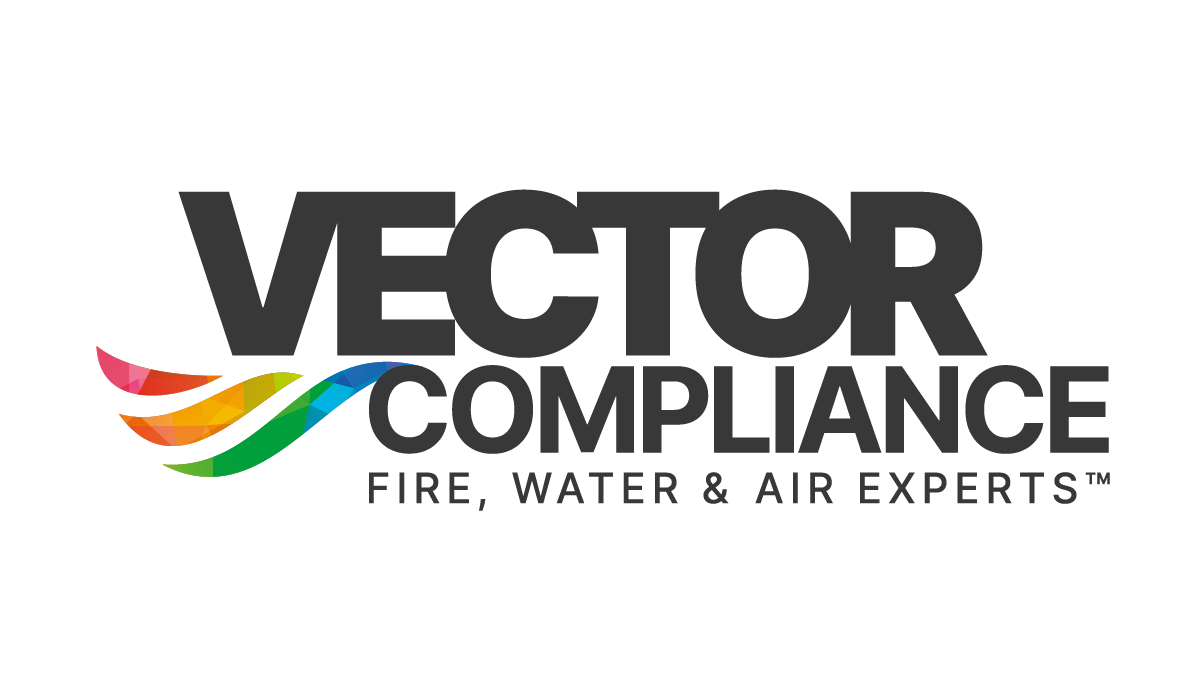Compartmentation Surveys
Compartmentation Surveys
Compartmentation surveys, also known as compartmentation inspections or assessments, involve a thorough examination and evaluation of a building's structural and architectural features to ensure that the building is effectively divided into separate compartments or fire zones. The purpose of compartmentation is to contain the spread of fire and smoke within specific areas or compartments, allowing occupants to evacuate safely and reducing the risk of extensive fire damage.
Key elements of a compartmentation survey typically include:
Inspection of Fire Barriers and Fire-Resistant Construction:
Examination of walls, floors, ceilings, and other structural elements to ensure they meet fire-resistance ratings and effectively compartmentalize fire and smoke.
Verification of Fire Doors and Windows:
Checking the integrity, operation, and compliance of fire doors, windows, and other fire-rated openings to ensure they are functioning correctly and creating effective barriers.
Seal and Penetration Assessment:
Assessing seals, penetrations, and joints in fire-rated barriers to confirm they maintain the fire resistance of the compartments and identifying any areas where fire could potentially breach.
Ductwork and Services Inspection:
Reviewing the integrity of ductwork, electrical conduits, plumbing, and other services passing through fire-rated barriers to ensure they are appropriately sealed and do not compromise compartmentation.
Review of Compartmentation Strategy:
Evaluating the overall building's compartmentation strategy, including the layout, placement of barriers, and effectiveness of compartmentalization in preventing fire spread.
Compliance with Building Codes and Standards:
Confirming that the building's compartmentation aligns with local building codes, fire safety regulations, and applicable standards for fire resistance and compartmentation.
Documentation and Reporting:
Creating a detailed report summarizing the findings, identifying deficiencies, and recommending necessary corrective actions to enhance compartmentation and fire safety within the building.
Regular compartmentation surveys are crucial for maintaining a building's fire safety measures and ensuring the effectiveness of fire barriers in containing fire and smoke. It helps building owners, facility managers, and regulatory authorities identify and address any issues that could compromise the safety of occupants and property in the event of a fire.

